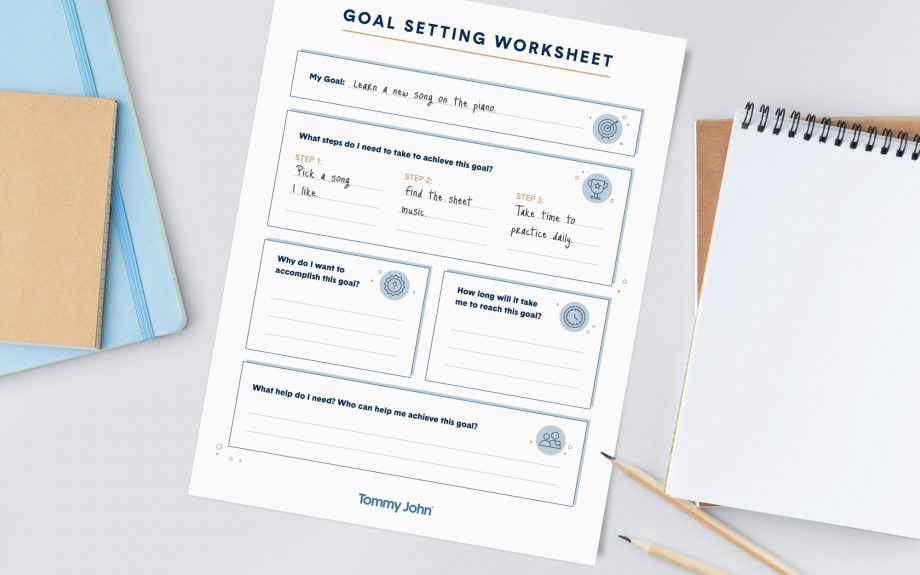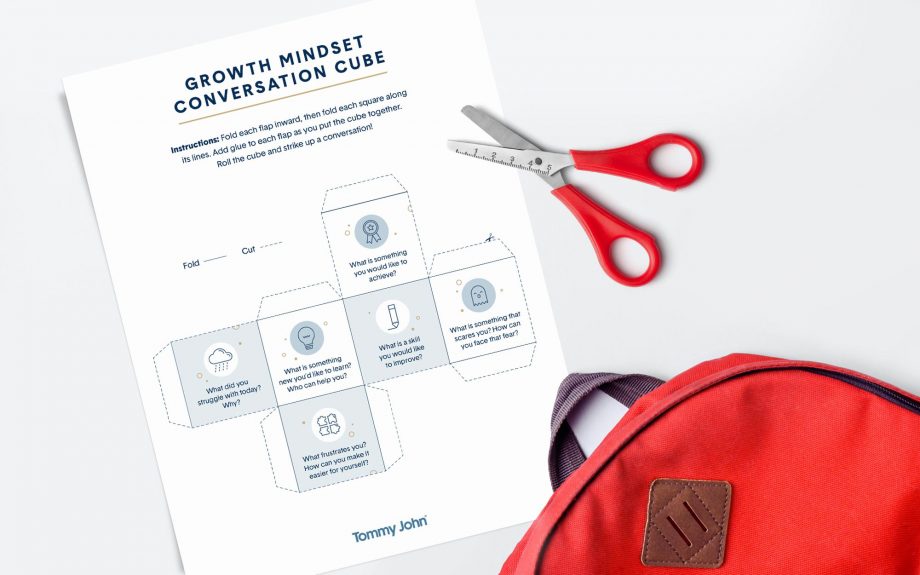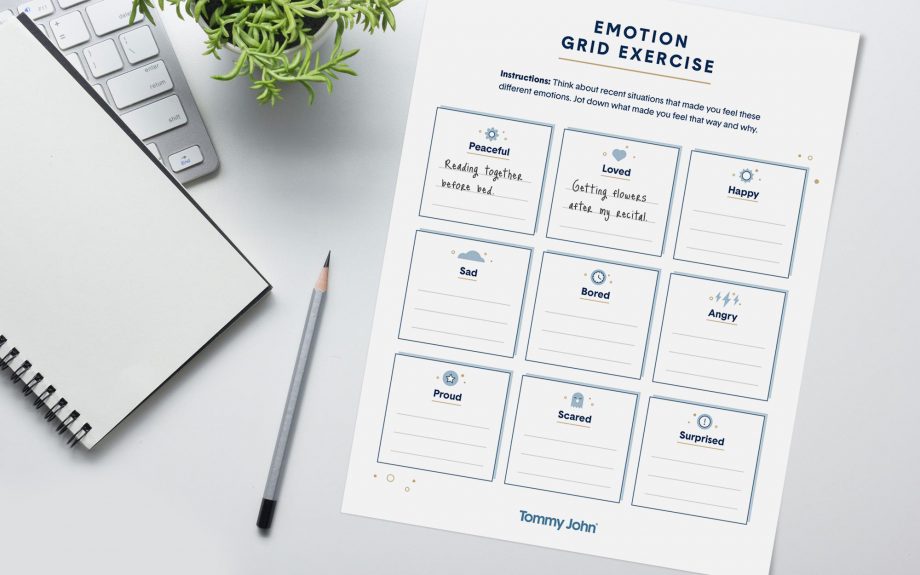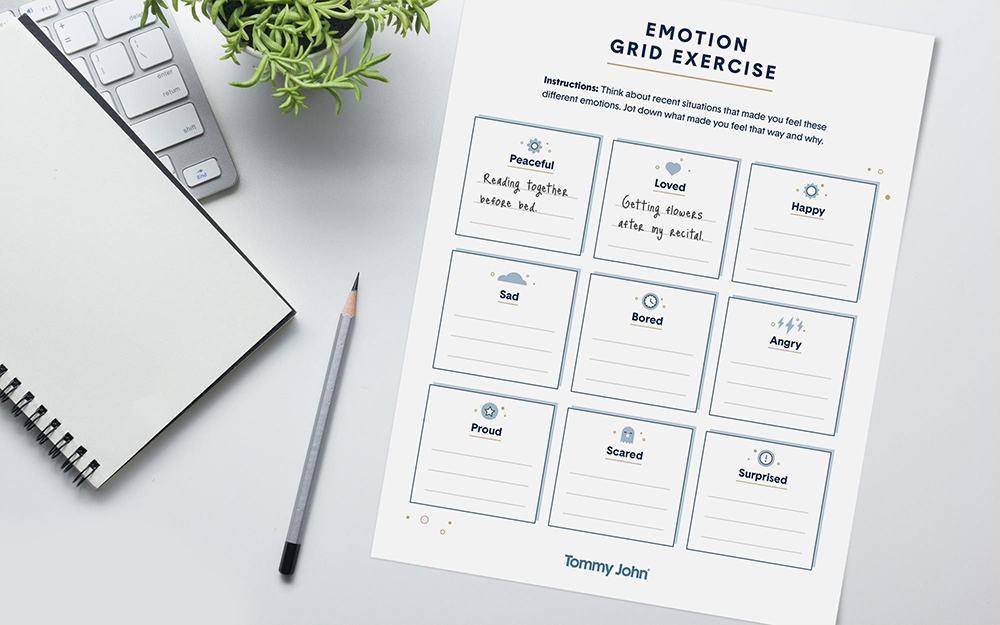Due to the current climate, our kids are spending a majority of their time at home. Contrary to popular belief, now is a great time to help your child build resilience and develop a growth mindset. Having a growth mindset can help kids grow during a crisis, learn to embrace failure and diversity, and feel stimulated by a challenge. In this article, we’ll discuss how to help your child develop a growth mindset as well as offer activities to help them learn this leadership skill.
What is a Growth Mindset?
In 2006, Stanford psychologist Carol Dweck published her book The New Psychology of Success which introduced the concept of building a growth mindset. She defined a “growth mindset” as one that thrives on challenge and sees failure not as evidence of unintelligence but as a heartening springboard for growth and for stretching our existing abilities. Her research showed that we can manifest a growth mindset from an early age and that it can impact a great deal of our behavior, our relationship with success and failure in both professional and personal contexts, and our capacity for happiness.
How to Help Your Child Develop a Growth Mindset
To help your child have a passion for learning rather than a hunger for approval you need to change the definition, significance, and impact of failure to change the meaning of effort. Encourage them to view challenges as opportunities and reinforce that there’s no one-size-fits-all approach to learning. Acknowledge and embrace your imperfections to set a positive example for your child and encourage them to do the same, and lastly, emphasize growth over speed and actions over traits.
Printables to Encourage a Growth Mindset
These printable activities act as a useful resource for helping teach your kids to be more self-aware and develop grit. The best part is that they’re easy to do anytime, whether it’s driving in the car or at the dinner table. The more quality time you spend at home with your kids, the more opportunities you’ll have for teachable moments. Let’s get started!
Goal Setting Worksheet
1. Goal Setting Worksheet

Kids should be encouraged to set aspirational goals, however as a parent it’s important to teach them how to set SMART micro-goals. Setting “SMART goals” lays the foundation for helping them build a growth mindset because it encourages them to relish and reflect on opportunities for self-improvement.
2. Growth Mindset Conversation Cube

In the same way kids practice their vocabulary, simple written exercises can help children increase their emotional intelligence. Have kids create their own “conversation cube” with question prompts that spark conversation. These questions are designed to help them unpack the frustrations and struggles they faced in order to communicate their feelings, practice positive self-talk and learn from their mistakes.
3. Emotion Grid Exercise

Their last activity is a writing exercise geared at helping kids sit down and try to reflect on negative and positive emotions. By writing down when and why they felt these emotions, they are able to identify what emotionally affects them and find appropriate ways to moderate these feelings. This activity helps them develop a growth mindset as they will feel comfortable being vulnerable and sharing their feelings with others.
We hope these three printable activities help your child grow during this time of uncertainty. Click Download for all the printables. For detailed instructions on using the worksheets check out Tommy John’s post on how to set your kids up for success.
Article by: Stacy Walden


